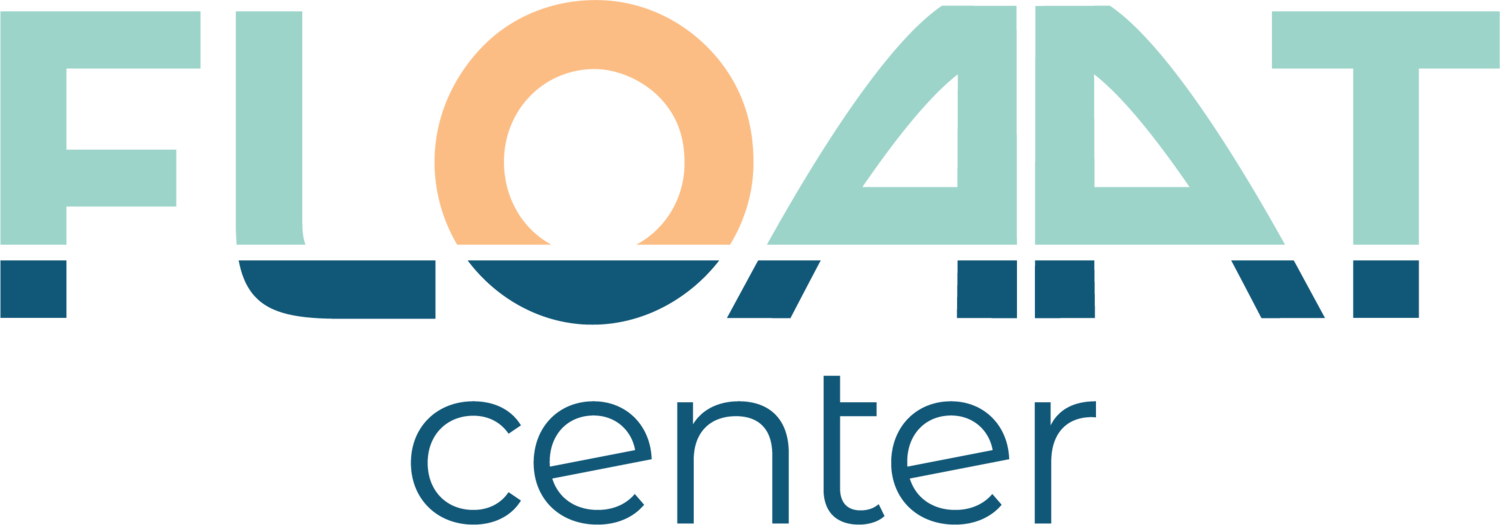Recognizing the Symptoms of Trichotillomania
Author: Mokshvi Shah, BS Northeastern University Student
Published: July 2024
Trichotillomania, or hair-pulling disorder, is a mental health condition where people can't resist
pulling out their hair, leading to noticeable hair loss. This can cause a lot of distress and make it
hard to function well in social settings, at work, or in daily life. Spotting the signs of
trichotillomania early is key to getting the right help and managing it effectively. Creating a safe
and supportive environment where individuals feel comfortable discussing their struggles is
crucial. Parents, teachers, and healthcare providers should be aware of the signs, especially in
children and teenagers who may be reluctant to seek help
Key Symptoms of Trichotillomania
1. Recurrent Hair Pulling:
The main symptom of trichotillomania is the repeated act of pulling out hair. People with this
condition often feel a strong urge to pull their hair, which they find hard to resist. Hair pulling
can happen from various body parts, especially the scalp, eyebrows, and eyelashes. Some might
pull hair from less visible areas like the arms, legs, or pubic region.
2. Noticeable Hair Loss:
Due to frequent hair pulling, people with trichotillomania often have visible hair loss. This can
range from small patches to larger bald spots. Some may try to hide these areas with hats,
scarves, or different hairstyles.
5. Repeated Attempts to Stop:
People with trichotillomania often try to reduce or stop their hair-pulling behavior but find it very
challenging. These unsuccessful efforts can lead to frustration, shame, and helplessness.
6. Significant Distress and Impairment:
The disorder can cause a lot of emotional distress and affect daily functioning. Individuals may
avoid social situations or activities where their hair loss might be noticed, leading to isolation,
low self-esteem, and even depression. Monitor these behavioral changes, and avoidance of
certain activities.
7. Associated Behaviors:
Trichotillomania can include other behaviors, such as playing with pulled hair, chewing or eating
it (trichophagia), or examining the hair root. These actions can cause further distress and
complications, like gastrointestinal problems from eating hair.
Seeking Help and Treatment
If you or someone you know shows signs of trichotillomania, it’s important to seek professional
help. Treatment options may include:
Cognitive Behavioral Therapy (CBT):
A form of CBT called Habit Reversal Training (HRT) has been shown to be effective. HRT
involves identifying triggers for hair pulling and developing alternative behaviors. Check out our
blog on Habit Reversal Training as a Solution for Hair Pulling.
Medications:
In some cases, medications such as selective serotonin reuptake inhibitors (SSRIs) or other
psychotropic drugs may be prescribed to help manage symptoms.
Support Groups:
Joining a support group can provide a sense of community and understanding, which can be very
helpful for individuals struggling with trichotillomania.
Recognizing the symptoms of trichotillomania early can lead to timely intervention and better
outcomes. By understanding the key signs and fostering open communication, we can support
those affected by this challenging disorder and guide them toward effective treatment options. If
you suspect you or someone you know may have trichotillomania, don't hesitate to seek
professional help. With the right support and treatment, it is possible to manage the symptoms
and lead a fulfilling life.
